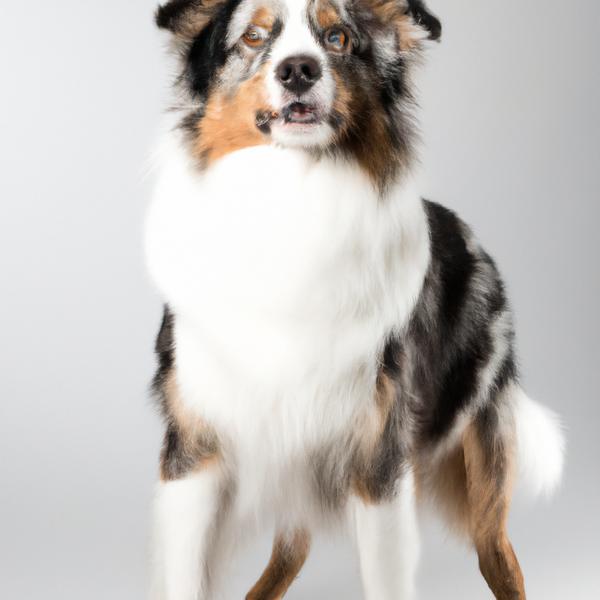Australian Shepherd vs. Foxingese: Breed Differences and Similarities
Hypoallergenic
Are Australian Shepherds or Foxingeses hypoallergenic, or neither?
Unfortunately, neither Australian Shepherd nor Foxingese are hypoallergenic, which may not make them the best choice for dog lovers who suffer from pet allergies.
Temperament
What are the personalities of Australian Shepherd and Foxingese dogs?
Active
Friendly
Intelligent
Loving
Affectionate
Good-natured
Protective
Active
Playful
Stubborn
Alert
Intelligent
Affectionate
Aggressive
Fearless
Good-natured
Opinionated
Shedding Level
Do Australian Shepherds shed more than Foxingeses, or which breed sheds more, Australian Shepherds or Foxingeses?
Australian Shepherd or Foxingese dogs are not heavy shedders, but they will lose a significant amount of hair each year. To decrease the amount of shedding, you can regularly brush your Australian Shepherd or Foxingese. This will remove loose hair and keep their coat growing in the same direction.
Watchdog Ability
Which dog breed makes a better watchdog, the Australian Shepherd or Foxingese?
Choose an Australian Shepherd if you want a top-notch watchdog. This breed takes guarding seriously, and may not require much training, though obedience or guard dog training can improve their skills.
Avoid Foxingeses as watchdogs - they're not effective.
Origin
What is the origin of Australian Shepherd and Foxingese dog breeds?
United States
United States
Ancestry
What are the origins of Australian Shepherd and Foxingese breeds?
Basque Shepherd
Fox Terrier and Pekingese
Date of Birth
When were Australian Shepherd and Foxingese breeds first developed?
1800s
1990s
Eye Color Possibilites
What are the eye colors of Australian Shepherd and Foxingese dogs?
Blue
Brown
Amber
Brown
Nose Color Possibilites
What are the natural nose colors of Australian Shepherd and Foxingese?
Black
Brown
Black
Brown
Coat Color Possibilites
What are the natural colors of the coat for Australian Shepherd and Foxingese breeds?
Black
Red
Blue
Brown
Black
Cream
Red
White
Pied
Coat Length
What is the typical coat length for Australian Shepherd and Foxingese breeds?
Australian Shepherds have longer coats compared to most dogs.
Foxingeses have coats that can be either short or medium in length.
Coat Density
What is the density of the coat of Australian Shepherd and Foxingese?
Coat Texture
What is the hair texture of Australian Shepherd and Foxingese?
Straight
Wiry
Litter Size
What is the usual litter size for Australian Shepherd and Foxingese?
An Australian Shepherd can have a litter of 12-15 puppies on average. However, it's worth noting that the size of the litters can vary greatly. Factors that can influence litter size include the health of the mother, breeding history, and genetics.
A Foxingese can have a litter of 3-6 puppies on average. However, it's worth noting that the size of the litters can vary greatly. Factors that can influence litter size include the health of the mother, breeding history, and genetics.
Adaptability
Australian Shepherd and Foxingeses are known for their adaptability and versatility. They are capable of adapting well to a wide range of lifestyle changes and living environments, making them great companions for families and individuals of all lifestyles.
Health Issues
Between Australian Shepherd and Foxingese, which breed is more prone to health problems?
While the Australian Shepherd breed is generally healthy, occasional vet check-ups are still necessary to address any health concerns.
Foxingeses typically have low vet costs due to their good health, but it's important to monitor their health and seek vet care when necessary.
Major Concerns
What are the major health concerns for Australian Shepherd and Foxingese breeds?
Cataract
Progressive Retinal Atrophy
Hip Dysplasia
CEA
Von Willebrand's Disease
Patellar Luxation
Minor Concerns
What minor health issues should be kept in mind when owning Australian Shepherd and Foxingese?
Distichiasis
Deafness
OCD
Nasal Solar Dermatitis
Patent Ductus Arteriosus
Entropion
Skin Fold Dermatitis
Brachycephalic Syndrome
Exposure Keratopathy Syndrome
Occasional Tests
What occasional tests are recommended for Australian Shepherd and Foxingese breeds?
Eye
Hip
Blood
Hearing
X-Rays
MRI
CT Scan
Eye Examination
Respiratory Tests
Skin Evaluation
Blood Tests
Energy
How do the energy levels of Australian Shepherds and Foxingeses compare?
Australian Shepherds thrive on an active lifestyle due to their high-energy nature.
Foxingeses are a good choice for a low-key lifestyle due to their low energy levels.
Social Needs
Australian Shepherd vs Foxingese social needs comparison
Australian Shepherd and Foxingese have above average social needs compared to other breeds. They thrive in environments where they have a lot of interaction with humans and other dogs.
Exercise Needed
Australian Shepherd vs Foxingese exercise need comparison.
Australian Shepherds need high physical activity and are ideal for active individuals, but not suitable for sedentary lifestyles or small apartments.
Foxingeses need only a small amount of physical activity, ideal for busy or elderly people or those with limited space.
Sleeping Need
Which of the two sleeps the most/least: Australian Shepherd or Foxingese?
Australian Shepherds are active and require sufficient sleep to stay healthy.
Foxingeses have moderate energy levels and typical sleep patterns of 12-14 hours per day.
Tendency to Bark
Do Australian Shepherds or Foxingeses bark more/less frequently?
Australian Shepherd dogs are generally less vocal than other breeds and only bark when necessary, such as to alert their owner or communicate.
Foxingeses bark moderately when necessary and may also bark due to certain triggers like fear, alarm, boredom, greeting, separation anxiety and compulsive barking.
Mouthiness
Mouthiness Comparison: Australian Shepherd vs Foxingese?
Roaming urge
Australian Shepherd vs Labrador: Running away tendency?
Prey Drive
Australian Shepherd or Foxingese - which breed has a higher level of prey drive?
Activity Level
Which breed has higher energy, Australian Shepherds or Foxingeses?
Australian Shepherd and Foxingese are high-energy dogs that require a lot of mental and physical exercise. Without proper stimulation and attention, these breeds can become problematic. If you're considering these breeds, be prepared to invest time and effort in their exercise and training.
Tolerance of being left alone
Walks per Week
How many miles should Australian Shepherd or Foxingese walk each week?
There's really no limit to how far you walk your dog as long as they're comfortable. For Australian Shepherd, it's at least 14 miles / week. Just remember to build distance and stamina gradually over time.
There's really no limit to how far you walk your dog as long as they're comfortable. For Foxingese, it's at least 6 miles / week. Just remember to build distance and stamina gradually over time.
Activity per Day
Do Australian Shepherds or Foxingeses require more exercise?
Both Australian Shepherd and Foxingese typically require a minimum of 90 minutes of exercise each day. The exercise can be spread throughout the day and may involve high-energy activities like walking, running, and playing.
Grooming
Which breed is easier to maintain in terms of grooming, Australian Shepherds or Foxingeses?
The Australian Shepherd requires an average amount of grooming compared to other breeds.
Foxingeses require significant grooming, including regular trims and professional grooming assistance to maintain their coat. They may also require frequent bathing to keep their coat and skin healthy.
Brushing Frequency
What is the recommended brushing frequency for Australian Shepherd and Foxingese dogs?
Australian Shepherd and Foxingese should be brushed at least once a week. Of course, you can give them more frequent brushes if you find that they are still shedding a lot.
Brushing Tools
What brushing tools are used for Australian Shepherds and Foxingeses?
Pin Brush
Comb
Nail Clipper
Pin Brush
Slicker Brush
Nail Clipper
Cups
How much food should be given to Australian Shepherd or Foxingese in cups?
For an average 55-70 pound (25 - 32 kg) Australian Shepherd feed 2.5 cups daily. But, keep in mind, the amount you feed is going to be dependent on the quality of the food you are feeding.
For an average 9-15 pound (4 - 7 kg) Foxingese feed 2 cups daily. But, keep in mind, the amount you feed is going to be dependent on the quality of the food you are feeding.
Daily Cost
Which breed has a higher daily cost, Australian Shepherd or Foxingese?
The average cost of an Australian Shepherd is somewhere $1.70 - $2.00 per day.
The average cost of a Foxingese is somewhere $1.40 - $2.80 per day.
Monthly Cost
Which breed has a higher monthly cost, Australian Shepherd or Foxingese?
The average per month expenses of an Australian Shepherd is between $48 - $63. This makes an average of $576 - $756 per year. It will be on the higher side when the dog is still small because it will need more frequent visits to the vet, shots.
The average per month expenses of a Foxingese is between $42 - $84. This makes an average of $504 - $1008 per year. It will be on the higher side when the dog is still small because it will need more frequent visits to the vet, shots.
Intelligence
Comparing Intelligence: Australian Shepherds vs Foxingeses
Australian Shepherd is a very intelligent and trainable breed.
Foxingese has below average obedience intelligence, but they excel in understanding human emotions.
Sensitivity Level
How do Australian Shepherd and Foxingese compare in sensitivity?
This breed is sensitive to its environment and best suited for patient and understanding families with a consistent routine.
Foxingeses have average emotions and adapt well to different situations.
Affection Dependance
Which is the more affectionate dog breed: Australian Shepherd vs Foxingese?
Apartment Friendly
Which breed is more apartment-friendly: Australian Shepherd or Foxingese?
Australian Shepherds are good apartment dogs as long as they get enough exercise and stimulation outside of the apartment.
The Foxingese is a great apartment dog, thriving with sufficient exercise and time outside as part of their daily routine.
Child Friendly
Do Australian Shepherds or Foxingeses have a friendlier temperament towards children?
Australian Shepherds make excellent family pets for kids due to their gentle, protective nature and calm temperament.
Foxingeses have an average level of friendliness towards children.
Senior-friendly
Which dog is more suitable as a pet for the elderly - Australian Shepherd or Foxingese?
Cat Friendly
Do Australian Shepherd or Foxingese breeds have a better compatibility with cats?
Australian Shepherds and Foxingeses are an average cat friendly dog. They do well with cats, even more if raised together from puppyhood.
Dog Friendly
Which breed is more sociable with other dogs: Australian Shepherd or Foxingese?
{Australian Shepherds and Foxingeses are average friendly towards other dogs. If they are raised with other dogs, they are likely to get along with them. And, if they are socialized properly from a young age, they will usually be great with other dogs.
Pet friendly
How do Australian Shepherd or Foxingese dogs interact with other pets?
Stranger Friendly
Which breed is more friendly with strangers: Australian Shepherd or Foxingese?
Australian Shepherds are quick to announce strangers and can be standoffish or suspicious.
Foxingeses are averagely friendly around strangers but benefit from early socialisation.
Playfulness
Which breed is more playful between Australian Shepherd and Foxingese?
Australian Shepherds are very playful, so adopting an older one might be a better option for a more relaxed experience.
Foxingeses have an average level of playfulness, enjoying playtime like most dogs but not excessively so.
Trainability
How do the trainability levels of Australian Shepherds and Foxingeses compare?
The Australian Shepherd is highly intelligent and eager to please, making it a great choice for both novice and experienced dog owners due to its easy trainability.
Foxingeses are popular for their ease of training and quick learning ability.
Compare Australian Shepherd with other breeds
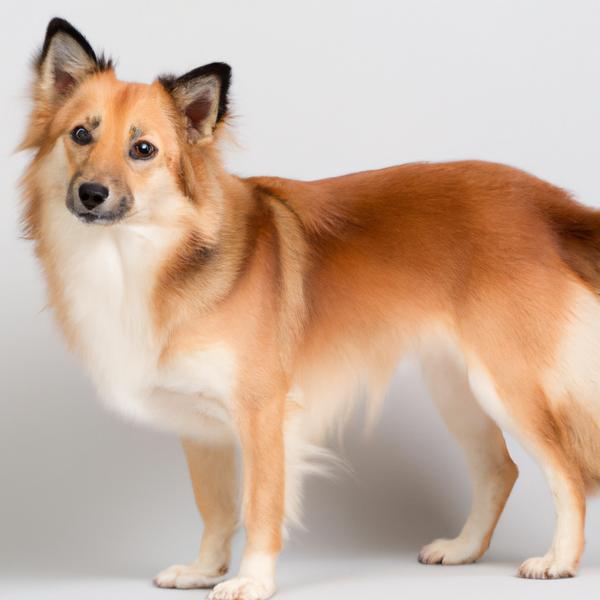
Foxingese
Australian Shepherd vs Foxingese
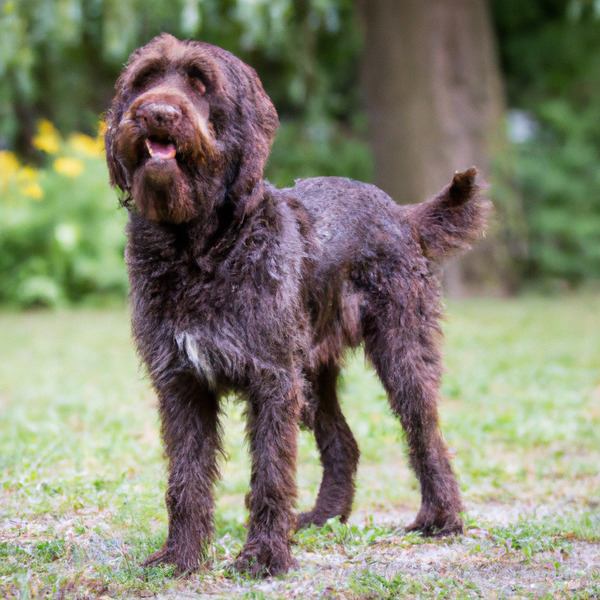
Pudelpointer
Australian Shepherd vs Pudelpointer

King Charles Yorkie
Australian Shepherd vs King Charles Yorkie

Azawakh
Australian Shepherd vs Azawakh
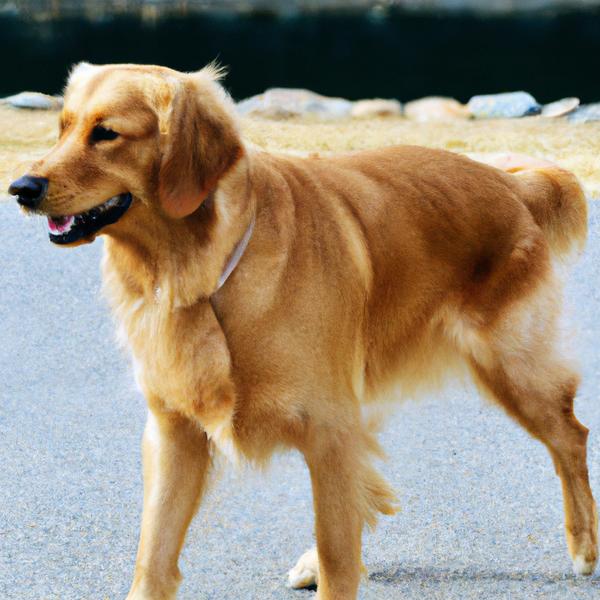
Miniature Golden Retriever
Australian Shepherd vs Miniature Golden Retriever

Froodle
Australian Shepherd vs Froodle

Sheltie Pin
Australian Shepherd vs Sheltie Pin

Lab'Aire
Australian Shepherd vs Lab'Aire
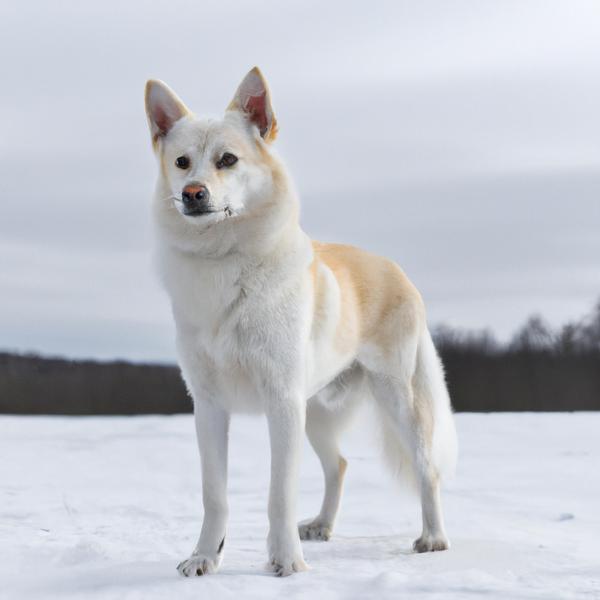
Eskijack
Australian Shepherd vs Eskijack
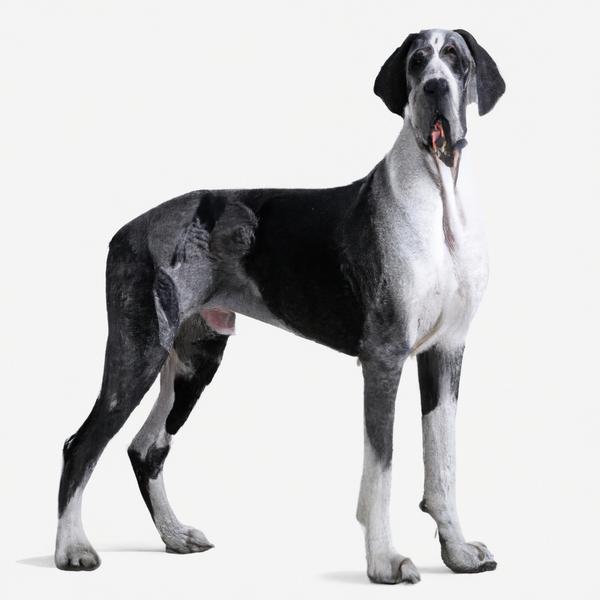
Saint Dane
Australian Shepherd vs Saint Dane

Pekepoo
Australian Shepherd vs Pekepoo

Rottweiler
Australian Shepherd vs Rottweiler
